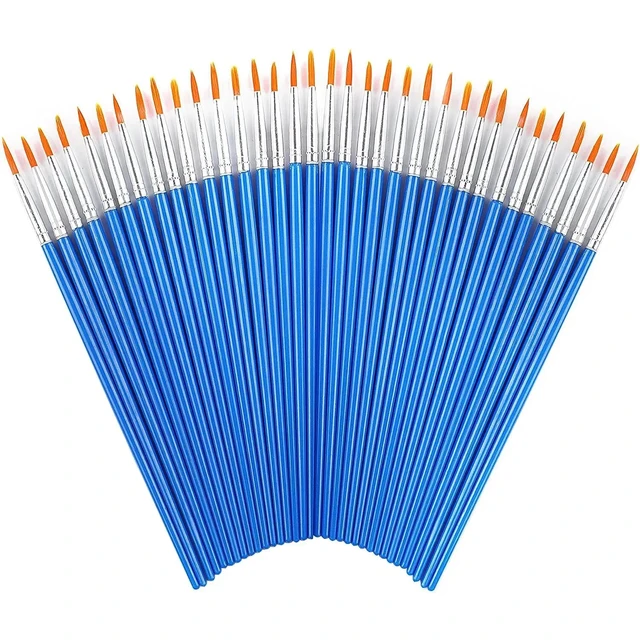I have a new post on Hackaday: Embedded LEDs For Soft Robots Made From Silicone.
Category Archives: Learning
Project Scribe: Receipts For Life
I have a new post on Hackaday: Project Scribe: Receipts For Life.
Software Defined Retro ROMs
I have a new post on Hackaday: Software Defined Retro ROMs.
https://www.youtube.com/watch?v=QMqqdYgTnR0
CSS list-style-type Property
Today my friend Maya brought to my attention the fact that the CSS list-style-type Property supports a very extensive number of options…
2025 One Hertz Challenge: Ham Radio Foxhunt Transmitter
I have a new post on Hackaday: 2025 One Hertz Challenge: Ham Radio Foxhunt Transmitter.
How To Become A Top 1% Learner (Full Masterclass)
This Homebrew CPU Got Its Start In The 1990s
I have a new post on Hackaday: This Homebrew CPU Got Its Start In The 1990s.
How to Force Your Brain To Be Motivated (when you don’t feel like it)
DFUZ:
- Distinguish; feelings from thoughts from actions
- Fake; act like a motivated person and do the actions
- Uptime; spend more time on tasks as you get better at it
- Zone; make sure your environment is distration free, if you find yourself distracted make a note about what distracted you so you can remove it in future
I found Justin’s TEDx talk over here: Stop Studying. Start Learning.
Old Book Teardown #13: Student Manual for the Art of Electronics 2nd Edition (1989) | In The Lab
This post is part of my video blog and you can find more information about this video over here.
You can support this channel on Patreon: patreon.com/JohnElliotV
Silly Job Title: Surge Sage.
In this video we have a look at an old book, the Student Manual for the Art of Electronics (find on archive.org). This old book references The Art of Electronics 2ed, but The Art of Electronics is up to 3ed now. In this video we just flip through the book to see what is inside.
This book is made obsolete by Learning the Art of Electronics 2ed, which is an ongoing project of ours.
Thanks very much for watching! And please remember to hit like and subscribe! :)
Following is a product I use picked at random from my collection which may appear in my videos. Clicking through on this to find and click on the green affiliate links before purchasing from eBay or AliExpress is a great way to support the channel at no cost to you. Thanks!
Yutiars Round Paint Brushes notes notes |
Let’s go shopping!
Introduction to Wire Wrap
While searching for a tutorial on how to use wire wrap I found this ten year old Hackaday video from Bil Herd.
